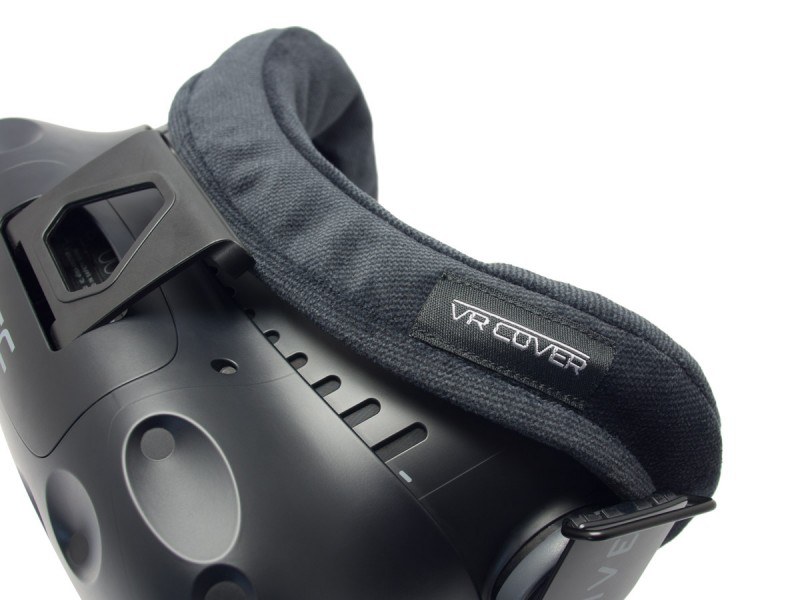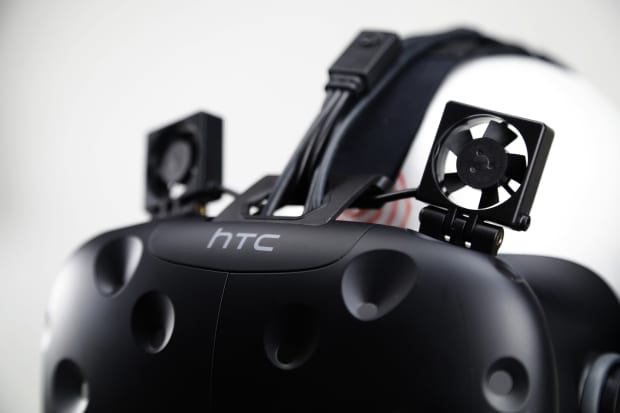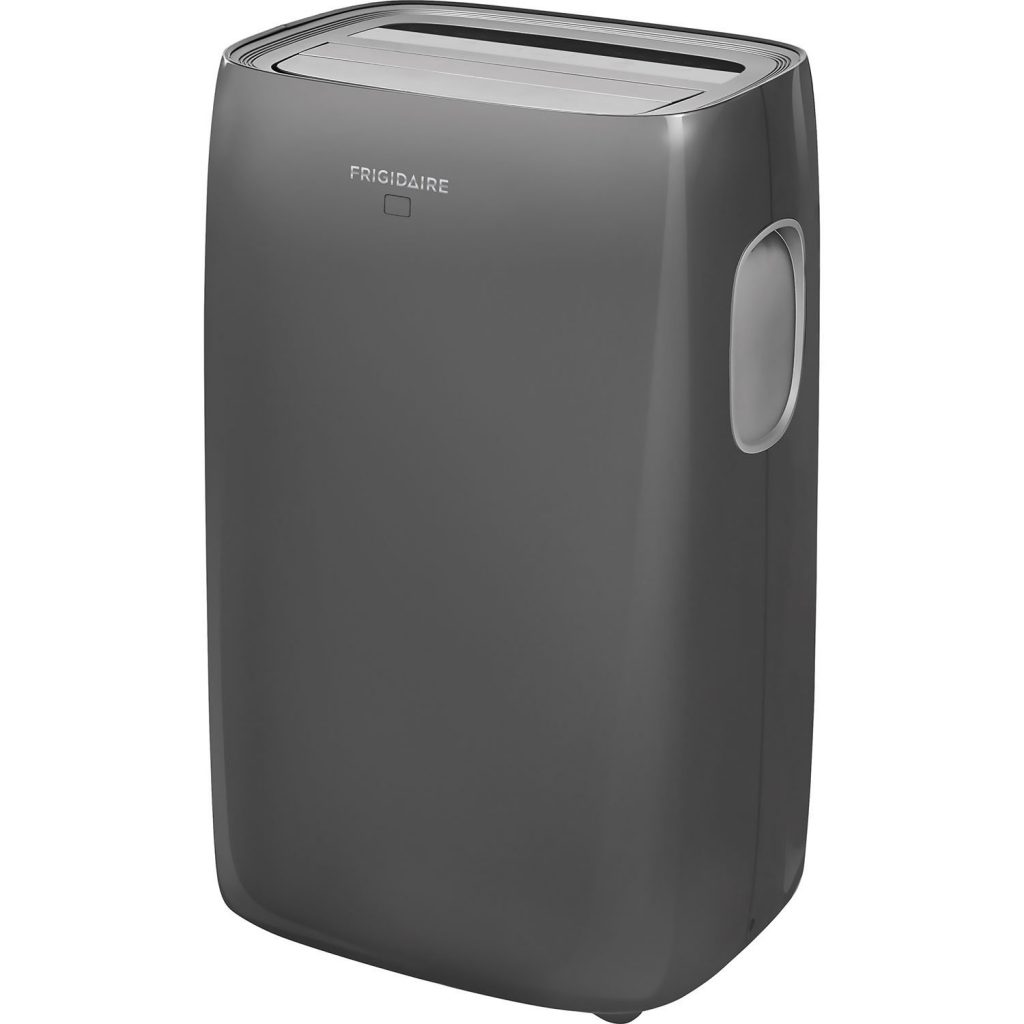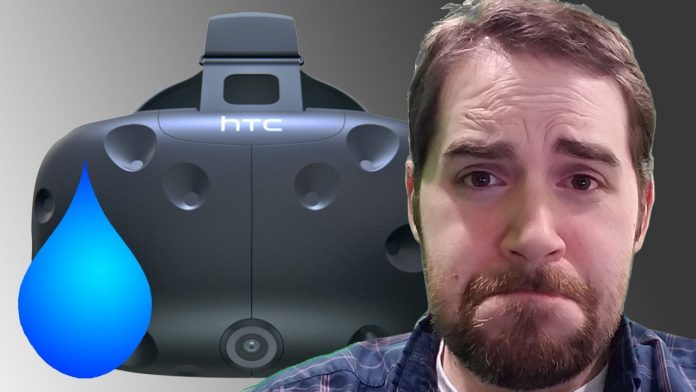Many HTC Vive users have been reporting serious problems caused by overheating and sweating during prolonged sessions. Over time, Vives tend to accumulate corrosion caused by humid conditions. This is why it’s critically important you go an extra mile in order to prevent and long-term damage and extend the life-span of your HTC Vive.
Headbands & Covers
One of the easiest and cheapest ways to combat sweat damage is to use a headband whenever you have your HTC Vive on. There’s a plethora of affordable headbands available on Amazon, so get yourself one before it’s too late.
If you’re a particularly sweaty person, or if you often have friends/family come over and break a cold sweat from the unspeakable VR horrors you expose them to, it would be more than prudent to invest in covers and replacement pads.
VR Cover offers a variety of different options for you to choose from. We like the velour covers as they’re easily washable. Stay away from waterproof covers though. Their hydrophobic properties tend to divert all the sweat into the device instead of absorbing it like foam or velour.

Fans
When it comes to airflow, fans are almost indispensable. A ceiling fan is probably the best option as it will even out the flow across the entire room. However, if a ceiling fan is too much of a hassle for you, one of those big standing fans will do the trick as well. Whichever one you get, make sure it’s far enough not to get in a way, but still close to circulate the air around you.
Now, HTC Vive has recently received an interesting third-party upgrade. It’s called ViveNChill. It was crowdfunded through Indiegogo campaign initially, receiving 450%+ more funds than the fixed goal.
At the moment, the indie engineers behind this innovation are swamped with orders, so you will have to wait a bit before it arrives.

This simple upgrade does wonders. ViveNChill consists of 2 small fans that get attached at the front top of your HTC Vive. They draw minimal power from the headset itself and cool your forehead. Experiments have shown that cooling down a person’s forehead actually decreases the temperature of the entire body. Thus, you will sweat less when these are on.
People report significant improvements during their VR sessions with ViveNChill attached to their Vive headsets. If headbands, facepad replacements and standing fans can’t help, get yourself two mini-fans blowing directly into your forehead. You’ll be amazed by the results.
Air Conditioning & Humidity
Obviously, air conditioning is a no brainer for an activity such as virtual reality. You don’t want to make your room too cold though, as sweat and cold are the breeding ground for viruses to have a party in your body. However, bring the room temperature down a notch or two, especially if you live in warmer climates.
Air conditioning units serve two purposes. They decrease the room temperature while simultaneously dehumidifying the air. The latter function is critical in humid areas. Anything that can make the air a bit dryer is super useful.
If you are limited by space or architecture, there are portable air conditioners that work almost as well as conventional AC units. They are a bit pricey, true, but they’re well worth it. Alternatively, consider getting an air dehumidifier at least – the fans and headbands can take care of most of your sweat, but the lingering natural air humidity needs to go away for good.

